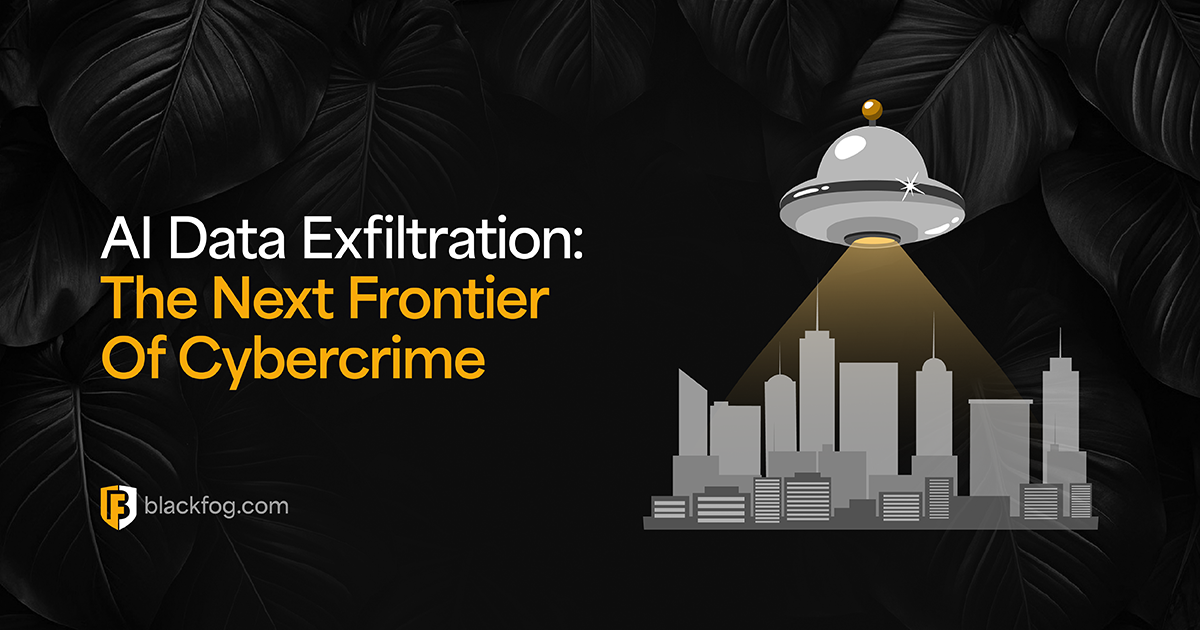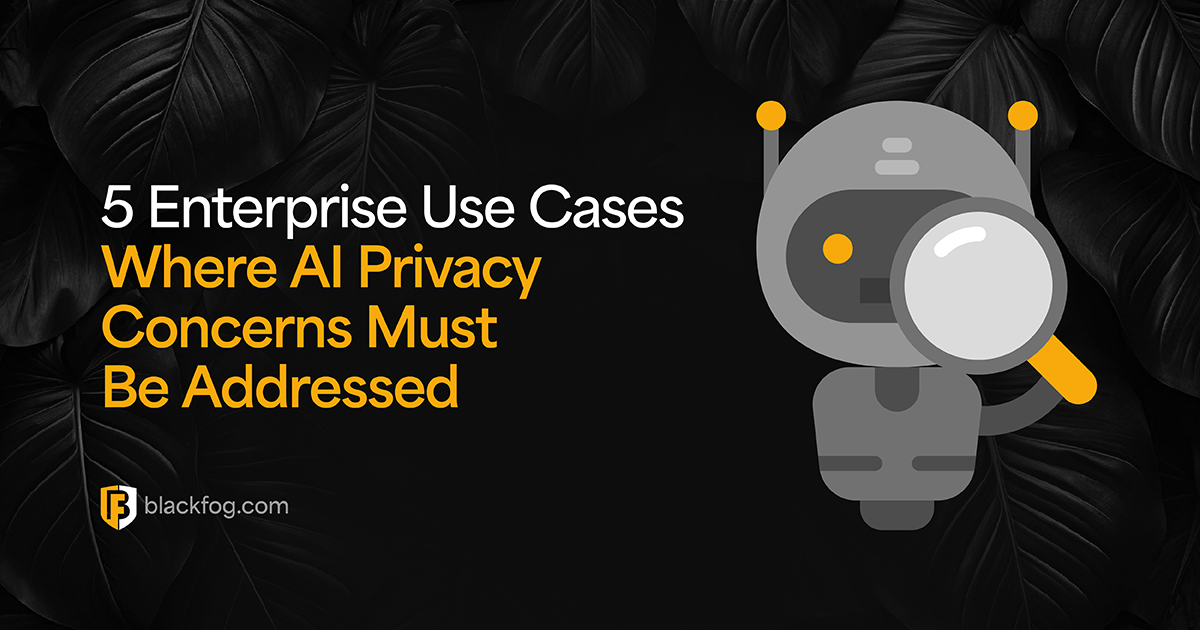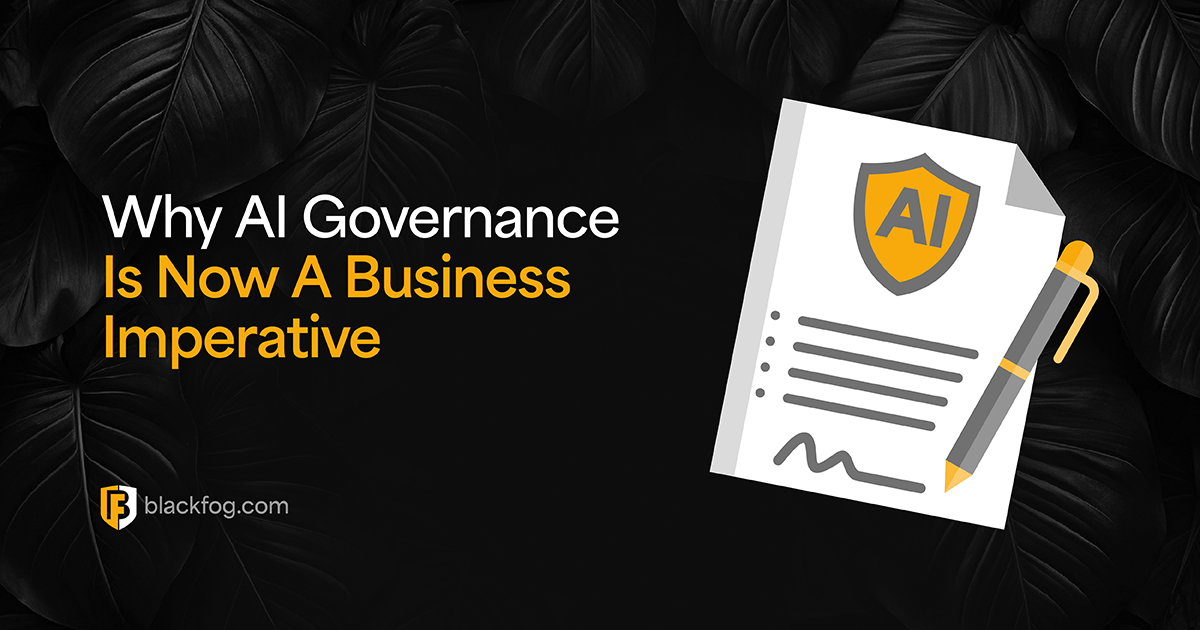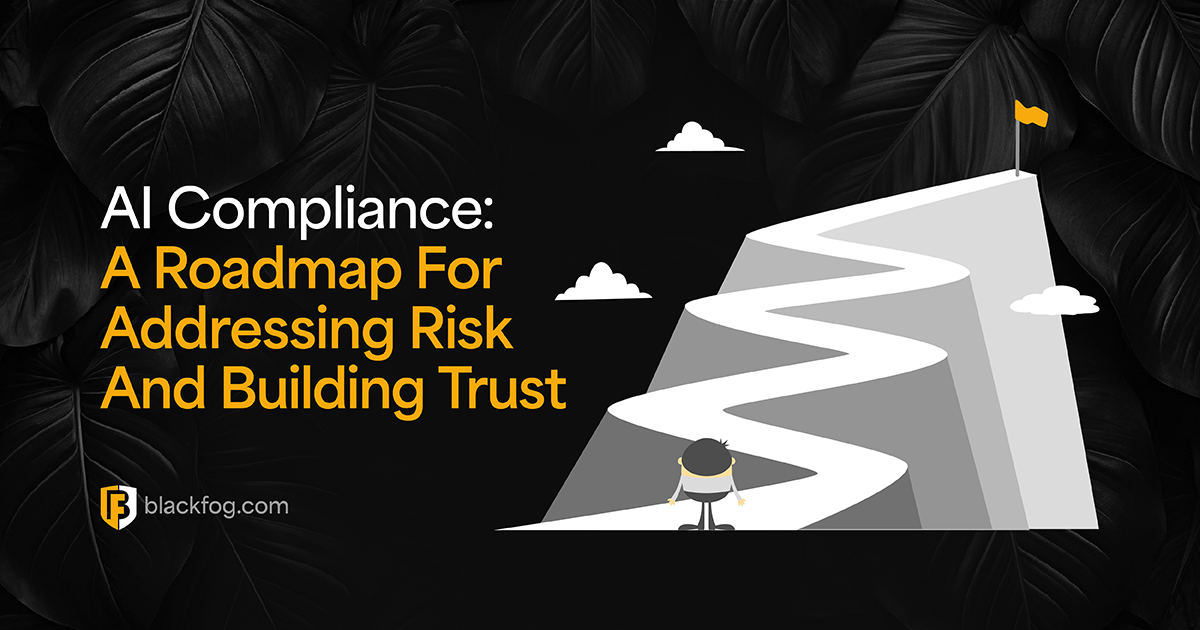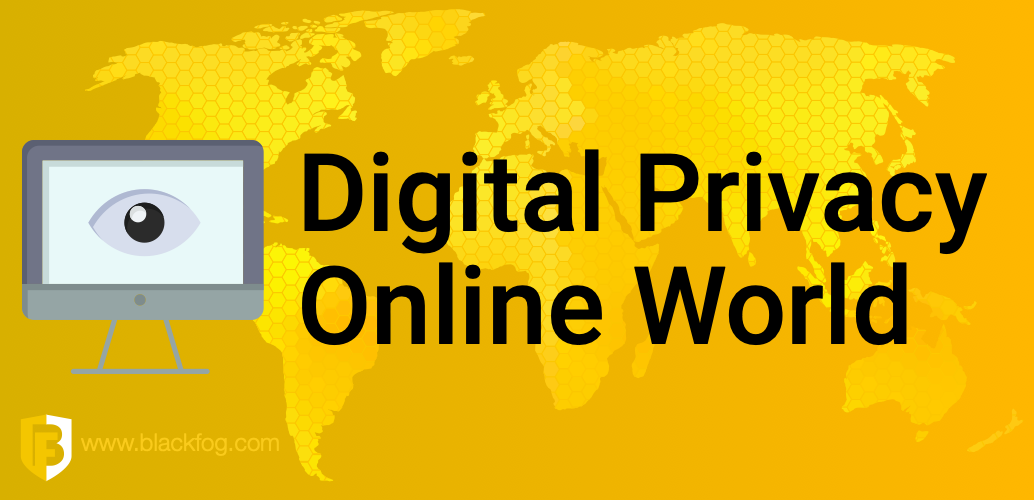
The Value of Privacy
In our normal day to day lives we understand the value of privacy. Locking the door to our homes or closing the curtains to the outside world comes naturally. But as we live more of our lives online and become increasingly dependent on our mobile and IoT devices, why do we give so little thought to our digital privacy?
Perhaps we don’t know exactly what to protect or why. The reality is that our personal data holds real value, and most of us are willing to trade it for small rewards, such as ‘free’ wi-fi, without a second thought. In these instances, it’s a trade-off, as we give away information voluntarily to get something in return. However, many of us don’t realize what we are actually giving away. Most companies don’t fully disclose what they are collecting or what they are planning to do with our information once they have it. Google, for example was recently fined for not enabling users to fully understand the extent of its user data processing operations.
The risks multiply as we spend more time on our mobile devices. Recent research claims that we spend around 24 hours a week online, which is twice as long as it was 10 years ago, and one in five of us is spending as much as 40 hours per week. It’s clear we are a generation dependent on our mobile devices, using them for everything from shopping, booking travel, looking up our health concerns to doing our online banking. In fact, Americans alone spent over $780 billion in mobile payments in 2017 and this number is expected to rise to $1 trillion this year.

Data Collection is Pervasive
Consider the impact of over 11 billion IoT devices globally. IDC estimates that this number will increase to 80 billion by 2025. As we allow our smart watches and health trackers to collect our personal data, our video cameras and doorbells to collect images and our virtual personal assistants to answer our questions, the potential privacy issues are hard to ignore. Recently it was reported that Amazon pays thousands of workers to listen in on our conversations and owners of Google’s Nest Secure system found that their devices contained ‘secret’ hidden microphones. It’s evident that as we allow more of these IoT devices into our daily lives our privacy will be further compromised.
Technology has many upsides, and it’s clear that our dependency will only increase as new products come to market promising to make our lives easier. However, there are downsides we can’t afford to ignore. As we willingly (and sometimes unknowingly) share our personal information, our digital footprint grows and becomes more valuable, and therefore more susceptible to falling into the wrong hands. We assume that vendors are building devices and services with a high level of security to protect our personal information, but the reality is that once our data is online our privacy and security are easily compromised.
Monetary Value
Our digital profiles have a price, and, in many cases are sold legally, mostly for targeted advertising and digital marketing, and while this raises some concerns, that data is typically anonymous. What about the data that does include our personal information and isn’t sold through legal channels? Our data is valuable, and hackers are relentless in their pursuit of personally identifiable information that can be used for financial gain. The more data we share, the easier it becomes for them to obtain. Witness the attack on Equifax that exposed 147 million US citizens financial records.
As technology and privacy converge, we must be vigilant in protecting our personal information. Whilst we may be a generation of over sharers choosing to live our lives out loud on social media, no one wants to share their medical records, bank details or salary information. In a perfect world we would be able to trust organizations to protect our information but in reality, we need to take some responsibility ourselves. As Ronald Reagan once said, “Trust, but verify”.
Adopting a preventative approach to privacy and cybersecurity is more important than ever. Ensuring we are protected online and that our data is secured on the device is the first step in protecting ourselves from unwanted data collection and profiling. Software is now available to monitor outbound data connections in real-time to prevent the loss of data, so what’s on YOUR device, stays on YOUR device.
Share This Story, Choose Your Platform!
Related Posts
AI Data Exfiltration: The Next Frontier Of Cybercrime
How are cybercriminals using AI data exfiltration to enhance their ransomware attacks and what must businesses do to counter these threats?
5 Enterprise Use Cases Where AI Privacy Concerns Must Be Addressed
AI privacy concerns are rising with AI adoption - five use cases highlight the key issues businesses must consider.
What AI Management Really Means For The Enterprise
Ongoing AI management is essential in maintaining compliance in a challenging environment. Here's what businesses need to consider.
AI Security Risks Every Business Must Know About
AI Security Risks are growing as AI embeds in business. What key threats must firms address to stay compliant with data regulations?
Who’s Really In Charge? Why AI Governance Is Now A Business Imperative
Find out why a strong AI governance program will be essential if enterprises are to make the best use of the highly in-demand technology.
AI Compliance: A Roadmap For Addressing Risk And Building Trust
AI compliance is set to be a major focus for businesses in the coming year. Here's what you need to know to make this as easy as possible.

